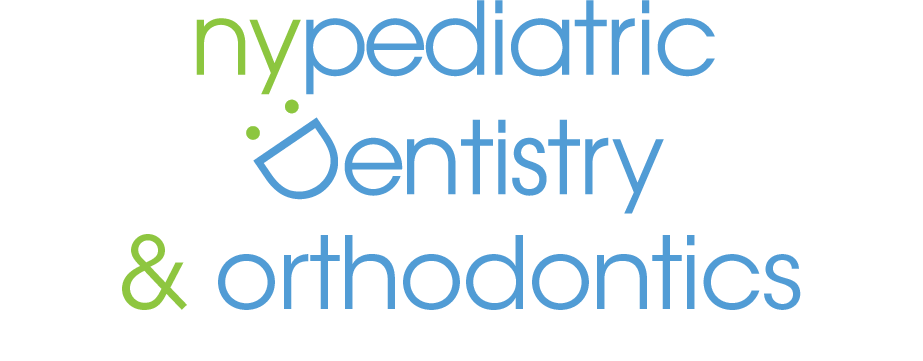
Orthodontics
Dr. Lori Gitig has successfully transformed thousands of smiles throughout Westchester and Fairfield County.
Orthodontics not only improves appearance and confidence, but also can improve a person’s bite and improve overall dental health. Whether you are a child, adolescent, or an adult, you may benefit from orthodontics. During your initial orthodontic consultation, you or your child’s mouth will be examined and our orthodontist will review different treatment options that may be appropriate and yield the best outcome. Dr. Gitig will provide answers to any questions you may have during this visit.
Orthodontic Conditions
Gaps between teeth.
Do you or your child have gaps between the teeth? Having space between those pearly whites, or “Diastema” is a common dental occurrence. Diastema can be caused by a number of things, including a mismatch between the size of jaw bones and the size of the teeth, crowding of teeth, missing teeth, thumb sucking, and a variety of other reasons. Some people are concerned with the aesthetic appearance of diastema, but did you know there are also health risks associated with having gaps between your teeth?
Teeth protect gums and when there are spaces where gums are exposed, they may lead to other issues. For example, you may be at increased risk to jaw bone loss, have increased risk of losing teeth to trauma, or having hard foods poked into the gums, leading to other issues.
One of the most common ways to close gaps in teeth is with braces. Whether it be conventional braces, Invisalign® or other treatments, our orthodontist can help create an individualized treatment plan that will leave you with the best outcome.
Excessive Crowding.
Crowding can occur due to genetics or losing primary teeth too early and occurs when there isn’t enough space in the jaw to fit all teeth. In an attempt for a tooth to fit into a small area, teeth can twist, overlap or get blocked out of line. Because crowded teeth are more difficult to brush and floss, you can be at increased risk of tooth decay and gum disease.
Treatments for crowding usually include traditional braces or Invisalign® to help expand the jaw. As a last resort, it may be recommended to extract teeth.
Overbites.
An overbite is when the top jaw and teeth overlap the lower jaw and teeth. They can be caused by a variety of issues, including genetics, poor oral habits as a child, bruxism (teeth grinding), TMJ and more. Overbites are often referred to as a misaligned bite or malocclusion. When pronounced or bothersome they can cause problems.
Dr. Gitig will examine your mouth and if there is a confirmed diagnosis, a treatment plan will be presented. Common treatment options to fix an overbite include removal of teeth, growth modification devices, braces and retainers, or surgery (for extreme cases of malocclusion). Fixing an overbite can help with functional issues and help improve health.
Underbites.
An underbite is when the bottom teeth sit in front of the top teeth when the jaw is closed. It can occur when the upper and lower jaws grow at different rates. If left untreated, an underbite can lead to uneven wear and problems with chewing and speaking. Diagnosing and treating an underbite early can help patients avoid corrective jaw surgery as an adult.
Dr. Gitig will discuss treatment options that may include special appliances, braces or clear aligners. In severe cases, corrective jaw surgery may be recommended.
Crossbites
A crossbite is characterized by some top teeth sitting in front of bottom teeth an some bottom teeth sitting in front of top teeth. Many people with a crossbite have a tendency to shift their jaw to the side to compensate for their crossbite, which may lead to permanent changes in their bone structure.
Crossbites can be corrected with clear aligners or braces for an anterior crossbite. Depending on the severity of a posterior crossbite, Dr. Gitig may expand the jaw with appliances prior to braces or clear aligners.
Open Bites
Open bites occur when the top and bottom teeth do not meet when you close your jaws. Open bites can make it difficult to bite, chew and potentially cause speech difficulties. Typically open bites are caused by genetics and poor habits such as prolonged thumb sucking or a tongue thrust.
Depending on the severity of the open bite, Dr. Gitig may recommend braces, Invisalign, or appliances to guide jaw growth followed by braces or clear aligners.
Orthodontic Treatments
Metal Braces
The most popular choice for braces is metal braces. The brackets and wires are made of stainless steel and are very effective in creating a beautiful smile.
Invisalign
Without metal brackets and wires, Invisalign gives you a custom made tray that you change every 2 weeks. Invisalign will gradually move your teeth into place with clear plastic which allows you to have orthodontia without most people even noticing it!
Palatal Expander
A palatal expander is an orthodontic tool used to widen the palate and create more space in a child’s mouth.



